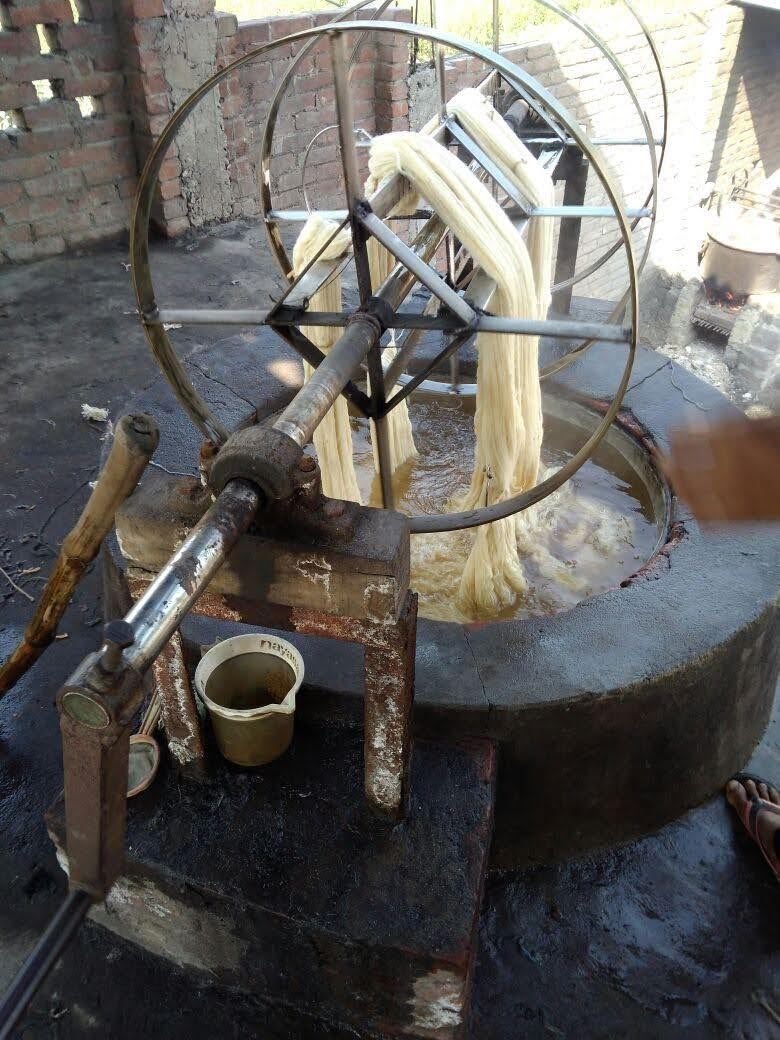

Tibetan knotting is a traditional method of making rugs that has its origins in Tibetan culture. This technique is characterized by the use of vertical warp threads around which the yarn is knotted. A metal rod may be used during knotting to support the structure of the rug. Here are some basic aspects of Tibetan knotting:
- Materials:
- Yarn: Typically, wool or silk is used as the material for the rugs. The choice of yarn affects the durability, texture and color absorption of the final product.
- Vertical warp threads:
- The warp threads form the basic structure of the carpet and are stretched vertically on the loom.
- Node:
- The actual knotting is done by knotting the yarn around the vertical warp threads. The type of knot can vary and affects the texture and appearance of the rug.
- Metallstab:
- A metal rod can be used to assist in the knotting process. It can be used to tighten the knots or to ensure even tension.
- Node density:
- The number of knots per square inch is an important factor in evaluating the quality of a Tibetan carpet. A higher knot count often results in a finer and denser carpet.
- Pattern and design:
- The Tibetan knotting technique allows for a variety of patterns and designs. Traditional Tibetan symbols, geometric patterns or abstract motifs can be incorporated into the carpets.
- Handwork:
- This technique requires skill and experience. Experienced artisans often work in sync on the loom to produce precise, high-quality carpets.
The Tibetan knotting technique has a long history and is known not only for its aesthetics but also for its durability. Tibetan carpets are often highly prized and valued worldwide for their craftsmanship and cultural significance.
HANDTUFTED CARPETS
Hand-tufted rugs are rugs made by incorporating yarn into a fabric backing using a taffeta gun. They are known for their high quality and durability, as well as their variety of designs and textures.

HANDWOVEN CARPETS
When making a hand-woven carpet, the threads are manually fed into the loom. The so-called warp thread is crossed at right angles with the weft thread, so that a fabric is gradually created.







